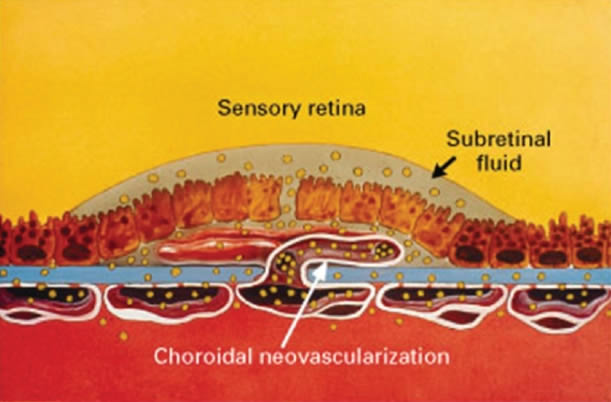Key Points:
- The eye is composed mostly of collagen and is affected by both aging and connective tissue disorders.
- Anti-inflammatory vitamins, minerals, and oils are an important aspect in the management of eye disorders.
- Adequate sleep between 7-9 hours is important to keep the eye healthy.
- High intensity exercise of short duration is effective at reducing intraocular pressure.
- Meditation can lower pressures in the cranium and eye.
- Manual therapies like Osteopathic Manipulation and Fascial Manipulation can be used as adjunctives to treating ocular disorders
The sclera is the white outer shell and principal load-bearing tissue of the eye. The stiffness of the sclera stems from its dense collagenous structure composed of Collagen type I (90%) and type III (≤5%) embedded in a hydrated extracellular matrix of proteoglycans. The collagen in the eye is affected by age and chronic inflammatory changes like glycation.(1) As a result, there are numerous ocular complications related to aging as well as fascial disorders like Hypermobile Spectrum Disorder and Ehlers Danlos Syndrome.The most common age-related eye diseases are macular degeneration, xerophthalmia/dry eyes, and glaucoma.(2)
In hypermobility, there is risk for even more eye-related disorders: xerophthalmia, steeper corneas, pathologic myopia, and vitreous abnormalities, minor lens opacities, refractive errors, astigmatism, retinal detachment, glaucoma, macular degeneration. (3–5)While the etiology of age-related and connective tissue disorder-related eye disease is complex and multifactorial, oxidative stress has been implicated as the common mechanism. Further exacerbating the issue, hypermobile disorders are associated with mast cell disorders and chronic inflammation.(6)
The eye is particularly susceptible to oxidative stress with its high rate of oxygen consumption, high concentration of fatty acids, and high intensity of visible light exposure. This ocular inflammation can affect all parts of the eye from the cornea to the retina uveal tract, and sclera and lead to ocular disorders.(7)
The Age-Related Eye Disease Studies (AREDS/AREDS2) have shown that anti- inflammatory therapeutics involving vitamins, minerals, and oils are important interventions for eye disease management and can reduce progression of disease by approximately 25%.(8) These nutrients can be obtained through food or supplementation. (See Table 1)


